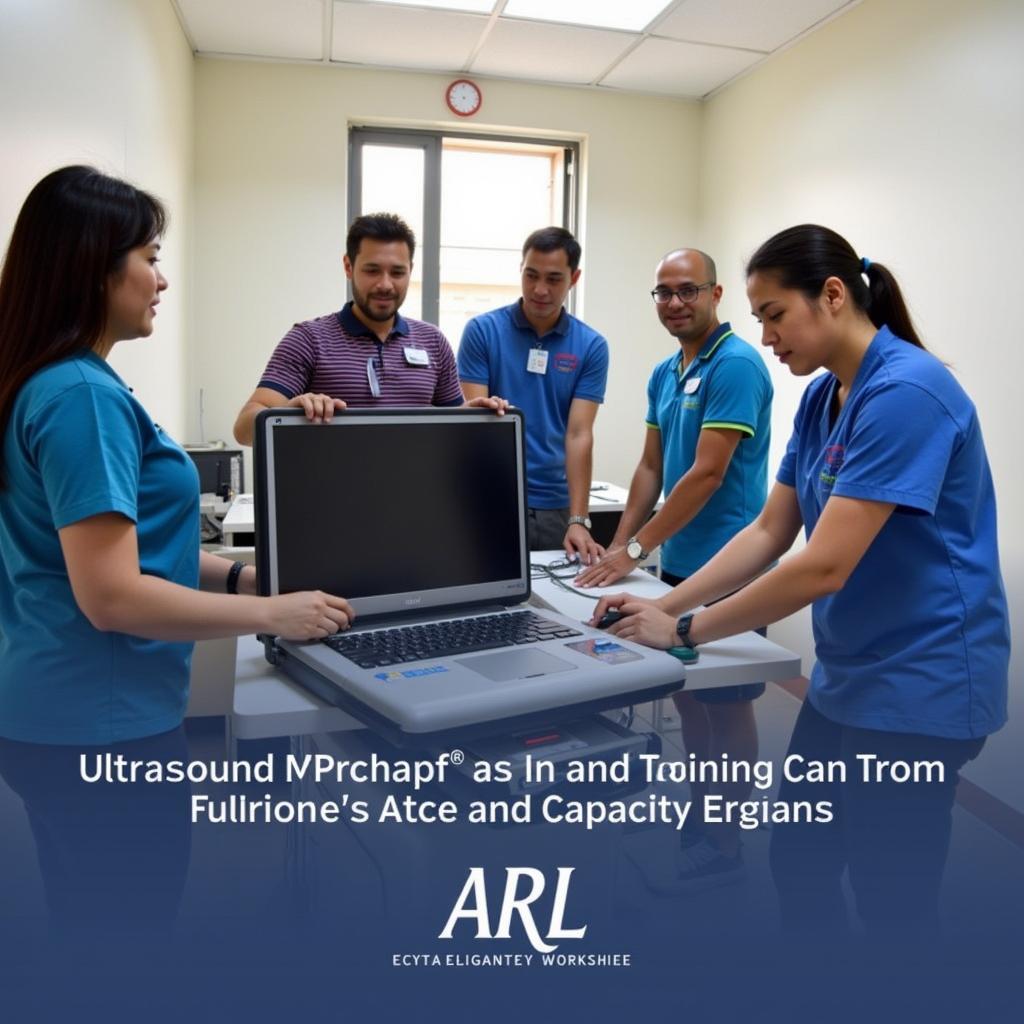ASEAN countries are experiencing a rapid growth in healthcare infrastructure and technology, with ultrasound playing a crucial role in diagnostics and treatment across the region. This comprehensive guide will delve into the trends, challenges, and opportunities surrounding ASEAN ultrasound.
Understanding the Growing Importance of Ultrasound in ASEAN
Ultrasound technology offers numerous advantages, making it a vital tool in diverse medical settings. Its non-invasive nature, affordability, and portability make it particularly appealing in the ASEAN region, where access to advanced medical equipment can be limited, especially in rural areas. Moreover, ultrasound’s real-time imaging capabilities prove invaluable in numerous applications, from obstetrics and gynecology to cardiology and emergency medicine. This versatility fuels its rising demand across ASEAN nations.
Key Applications of ASEAN Ultrasound
-
Obstetrics and Gynecology: Ultrasound plays a crucial role in prenatal care, allowing doctors to monitor fetal development and diagnose potential complications.
-
Cardiology: Echocardiography, a type of ultrasound, is essential for assessing heart function and detecting abnormalities.
-
Emergency Medicine: Ultrasound assists in rapid diagnosis of trauma and other acute conditions, enabling timely interventions.
-
Internal Medicine: Ultrasound aids in visualizing organs like the liver, kidneys, and spleen, facilitating diagnosis of various diseases.
Navigating Challenges and Embracing Opportunities in ASEAN Ultrasound
While the adoption of ultrasound technology is growing rapidly in ASEAN, several challenges remain. These include the need for trained sonographers, quality control, and ensuring equitable access across the region. However, these challenges also present opportunities for growth and development.
Addressing the Shortage of Trained Sonographers
One significant challenge is the shortage of skilled sonographers. Investing in training programs and educational initiatives is crucial to ensure a sufficient workforce capable of operating and interpreting ultrasound images accurately. Partnerships between ASEAN nations and international organizations can play a vital role in bridging this gap.
Enhancing Quality Control and Standardization
Maintaining high standards of quality control is paramount. Implementing standardized protocols and accreditation processes can help ensure the accuracy and reliability of ultrasound examinations across different healthcare facilities.
 ASEAN Ultrasound Training Program
ASEAN Ultrasound Training Program
Expanding Access to Ultrasound in Rural Areas
Bringing ultrasound technology to remote and underserved communities is a priority. Portable ultrasound devices and tele-ultrasound initiatives can help bridge the gap and improve access to essential diagnostic services.
The Future of ASEAN Ultrasound: Innovation and Collaboration
The future of ultrasound in ASEAN is bright, driven by ongoing innovation and increased regional collaboration. Developments in artificial intelligence and machine learning are poised to enhance image analysis and diagnostic accuracy. Tele-ultrasound is expected to play an increasingly important role in connecting remote areas with specialists, enabling timely diagnosis and treatment. Furthermore, collaborative efforts among ASEAN countries can facilitate knowledge sharing, best practice adoption, and improved patient outcomes.
What is the future of ultrasound in ASEAN?
The future of ultrasound in ASEAN is promising with innovations in AI and tele-ultrasound set to transform healthcare delivery.
How can ASEAN countries improve access to ultrasound?
Portable ultrasound devices and tele-ultrasound initiatives are key to expanding access in rural areas.
Conclusion
ASEAN ultrasound is at a critical juncture, poised for significant growth and transformation. By addressing the existing challenges and embracing the opportunities, ASEAN countries can harness the full potential of this vital technology to improve healthcare outcomes for their populations. The development of training programs, implementation of quality control measures, and innovative solutions like tele-ultrasound will be key to unlocking the full potential of ASEAN ultrasound.
FAQs
- What are the main applications of ultrasound in ASEAN? Ultrasound is used in obstetrics, cardiology, emergency medicine, and internal medicine.
- What are the challenges facing ultrasound adoption in ASEAN? Challenges include a shortage of trained sonographers, quality control issues, and limited access in rural areas.
- How can access to ultrasound be improved in rural ASEAN? Portable devices and tele-ultrasound can expand access in remote areas.
- What is the future of ultrasound in ASEAN? Innovation in AI and tele-ultrasound will shape the future of this technology.
- Why is ultrasound important for ASEAN healthcare? It’s a non-invasive, affordable, and portable diagnostic tool, ideal for the region’s diverse needs.
- How can ASEAN countries collaborate on ultrasound development? Sharing knowledge, best practices, and resources can lead to improved healthcare outcomes.
- What are the benefits of using ultrasound in emergency medicine? Ultrasound allows for quick diagnoses of trauma and other critical conditions, enabling prompt intervention.
Need support? Contact us 24/7: Phone: 0369020373, Email: [email protected], or visit us at: Thon Ngoc Lien, Hiep Hoa, Bac Giang, Vietnam.
